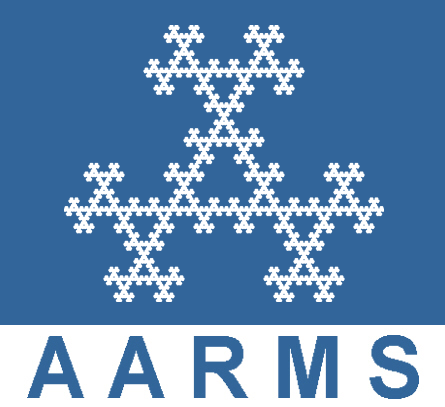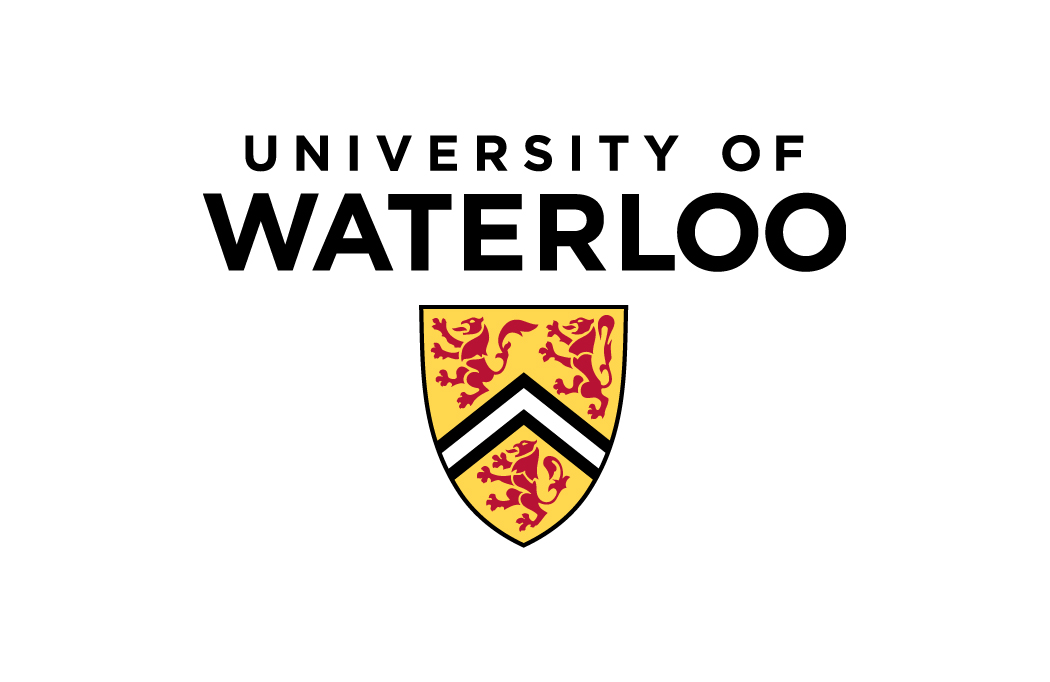2017 CMS Winter Meeting
Waterloo, December 8 - 11, 2017
Org: David Kribs, Rajesh Pereira and Bei Zeng (University of Guelph)
[PDF]
- MARK GIRARD, University of Waterloo
Entanglement manipulation and distillability beyond LOCC [PDF]
-
When a quantum system is distributed to spatially separated parties, it is natural to consider how the system evolves when the parties perform local quantum operations with classical communication (LOCC). However, the structure of LOCC operations is exceedingly complex leaving many important physical problems unsolved. We consider generalized resource theories of entanglement based on different relaxations to the class of LOCC. The behavior of various entanglement measures are studied under certain classes of non-entangling operations. In an effort to better understand the nature of LOCC bound entanglement, we study the problem of entanglement distillation in these generalized resource theories.
- CHENG GUO, Institute for Advanced Study
Entanglement Transformation via Local Operations and Classical Communication [PDF]
-
We talk about the entanglement transformation rate between multipartite states via local operations and classical communication (LOCC). The structure of three qubit pure state systems will be shown. The entanglement transformation rate from GHZ to W is 1 via stochastic LOCC. Then,we will show, for a given set of pure states, how to find a state which can prepare any one of that set under LOCC. Some recent results will also be mentioned.
- GEORGE HUTCHINSON, University of Guelph
Complex matrix scalings and the geometric measure of entanglement [PDF]
-
Given a positive definite matrix $A$ and a diagonal matrix $D$, we say that $D$ scales $A$ if $D^*AD$ has all row and column sums equal to 1. We begin by introducing a connection between these matrix scalings and the geometric measure of entanglement (GME) of certain symmetric states. Motivated by this connection, we then embark on an investigation of these scalings, eventually arriving at an upper bound on the GME for a large group of Slater permanents.
- NATHANIEL JOHNSTON, Mount Allison University
The Spectra of Entanglement Witnesses [PDF]
-
We consider the problem of characterizing the possible spectra (i.e., multisets of eigenvalues) of entanglement witnesses. We completely solve this problem in the two-qubit case and we derive a large family of new necessary conditions on the spectra in arbitrary dimensions. We also establish a natural duality relationship with the set of absolutely separable states, and we completely characterize witnesses (i.e., separating hyperplanes) of that set when one of the local dimensions is $2$.
- MIKE NELSON, University of Guelph
Operator Algebra Quantum Error Correction and Hybrid Quantum Codes [PDF]
-
In this talk, we discuss the generalisation of results in quantum error correction to the operator algebra (OAQEC) framework. A key motivation behind this is current work in hybrid quantum theory where codes are developed for the simultaneous transmission of classical and quantum information over a quantum channel. In quantum error correction, for unital quantum channels (trace preserving completely positive maps), finding unitarily correctable codes for an error channel is equivalent to finding the invariant system (noiseless system) for the error composed with its dual. This procedure, for which there are algebraic methods for computing, makes it immediately clear what the correction operation for the error channel is. In ongoing work, we generalise this result to the OAQEC framework, in which quantum information is manifested in subsystems of an algebraic representation. The extension of said result allows for the construction of codes that are directly spliced together to form hybrid quantum codes, that allow for the simultaneous correction of all “subcodes” with a recovery operation. We also discuss briefly separate but closely related work that investigates parameter-dependent bounds that determine whether given hybrid constructions are correctable with respect to specific error channels. Based on joint work with D. Kribs and B. Zeng.
- SARAH PLOSKER, Brandon University
Perfect quantum state transfer on weighted paths [PDF]
-
A quantum spin chain is a proposed method for transferring a quantum state over small distances within a quantum computer. Such a quantum system can be modelled using graph theory and of particular interest to us is the case where the system is a weighted path with potentials or loops. Our main focus is on perfect state transfer (PST) in which the state is transferred perfectly, up to a global phase, after some time $t$. We explore PST on these weighted paths through the use of orthogonal polynomials associated to the corresponding tridiagonal matrix.
- JITENDRA PRAKASH, University of Waterloo
Non-closure of the set of quantum correlations [PDF]
-
Abstract: Consider a bipartite system with two observers, Alice and Bob, who are performing measurements in their labs. There are two models of quantum mechanics which describe the joint lab of Alice and Bob --- the quantum model and the commuting quantum model. Tsirelson's original question asked whether these two models were essentially the same. We shall show that these two models are different for bipartite systems with five quantum experiments and binary outcomes for each experiment, by using the notion of correlation functions of graphs. (This is a joint work with Ken Dykema and Vern Paulsen.)
- JOHN WATROUS, University of Waterloo
Time-reversal for rank-one quantum strategy functions [PDF]
-
The quantum strategy framework (also known as the quantum combs framework) is a useful tool for reasoning about interactions between entities that process and exchange quantum information over the course of multiple turns. We prove a time-reversal property of a class of linear functions, which corresponds in a natural way to the set of rank-one Hermitian operators on a certain space, that are defined for all quantum strategies with a given turn structure. This time-reversal property states that every value obtained by such a function on a valid quantum strategy is also obtained when the direction of time for the function is reversed (despite the fact that the strategies themselves are generally not time reversible). One application of this result is an alternative proof of a known relationship between the conditional min- and max-entropy of bipartite quantum states.
This talk is based on joint work with Yuan Su.
- JON YARD, University of Waterloo and Perimeter Institute
On the existence of symmetric quantum measurements [PDF]
-
Optimal symmetric quantum measurements, known as SIC-POVMs (Symmetric Informationally Complete Positive Operator-Valued Measures), are currently proved to exist in only finitely many dimensions as orbits of finite Heisenberg groups. Surprisingly, these examples are always defined over explicit class fields of certain real quadratic fields. They possess combined Galois and unitary symmetries which, when better understood, may lead to a general existence proof in all dimensions. In this talk, I will discuss aspects of these symmetries as well as a conjecture that such measurements determine maximal volume simplices embedded into the space of density matrices.





